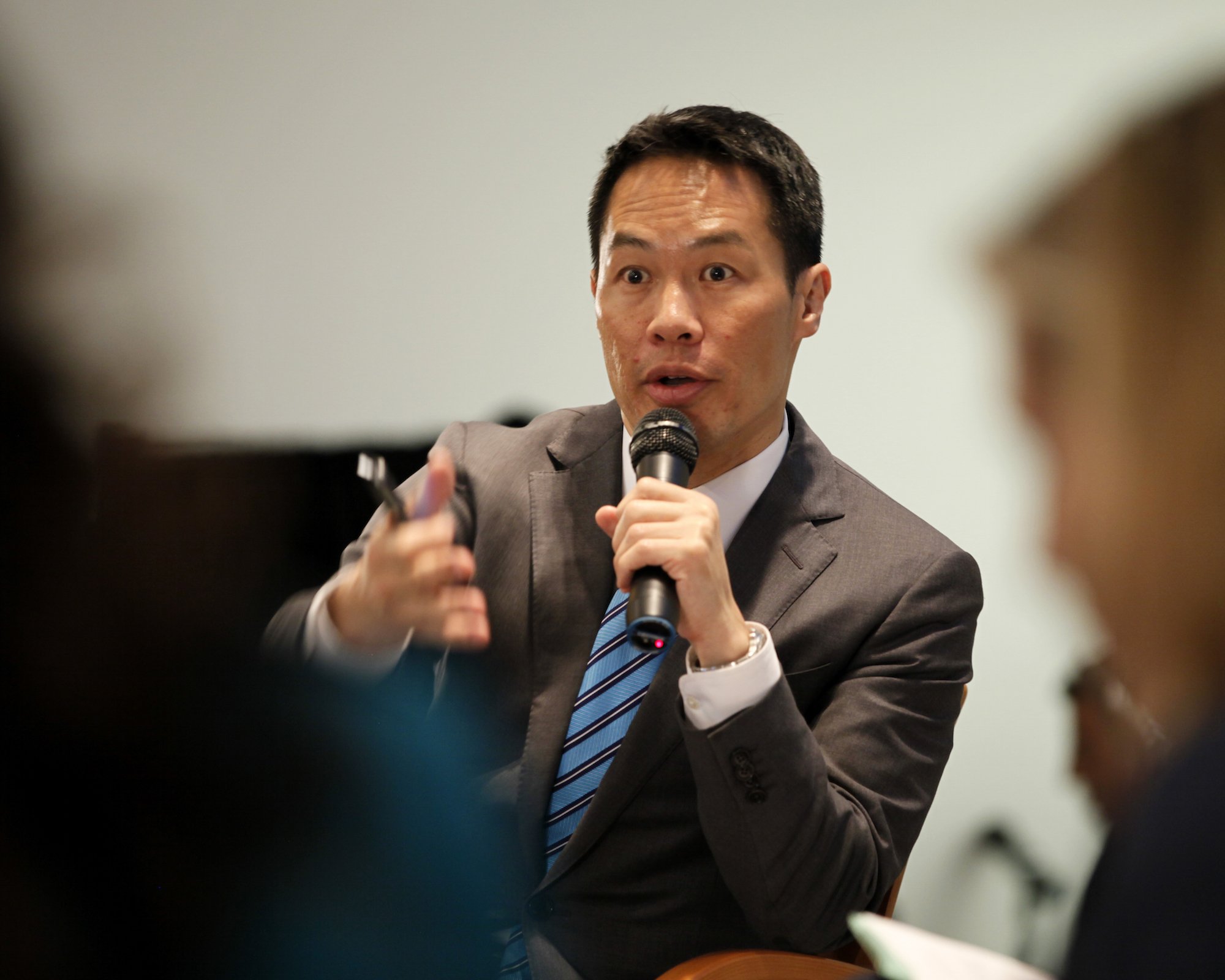
Gender Summit 2014
June 16, 2014 • Washington, DC
GENDER AT FHI 360
FHI 360 prioritizes organizational gender mainstreaming and programmatic gender integration. Evidence shows that integrating a gender perspective into development programs can improve program outcomes and increase equality between girls and boys and between women and men.
ABOUT THE GENDER 360 SUMMIT
The Gender 360 Summit provided the opportunity for development practitioners, gender experts, donors, academics, and policymakers to explore successes, lessons learned, and challenges when addressing gender in international development.
FEATURED VIDEO
2014 Gender 360 Summit Highlights
Sessions
WELCOME & OPENING REMARKS
PANEL 1: DO WE NEED TO MAINSTREAM IN ORDER TO INTEGRATE? EXPLORING THE INTERSECTIONS
GENDER LOUNGE: WHAT'S WORKING & WHAT ARE THE CHALLENGES FOR GENDER MAINSTREAMING & GENDER INTEGRATION?
KEYNOTE
PANEL 2: FEMALE EMPOWERMENT & GENDER EQUALITY: FHI 360 VOICES FROM THE FIELD
PANEL 3: WHAT IS THE ROLE OF DONORS IN SETTING EXPECTATIONS FOR GENDER INTEGRATION?
FINDINGS
-
To facilitate dialogue among influential gender experts in the international development community on what is working well and what the challenges are to gender mainstreaming and gender integration.
To spotlight the effective programmatic work that FHI 360 is doing in gender equality and female empowerment around the globe. -
How are organizations responding to the USAID Gender Equality and Female Empowerment Policy, and what are the challenges?
How does female empowerment contribute to gender equality in development programming?
How do donor requirements impact the way organizations mainstream and integrate gender? -
Expand knowledge sharing of gender strategies and tools, current practices, and lessons learned across organizations
Implementing partners should dismantle the barriers between each other to contribute to collective learning and creative thinking about gender integration. The commonly held attitude by development organizations to share limited amounts of information externally and to protect knowledge sharing among partners – who are often seen as competitors – hinders the ability to create, test, and deliver innovative solutions to gender issues. -
Advocate donors to strengthen and enforce gender guidelines
As leaders of the development agenda, donors need to establish strong guidelines on gender integration, analysis, and measurement and then hold implementing partners accountable to them. Some donors have instituted gender policies that mandate integration of gender equality and female empowerment throughout the program cycle – yet, procedures for doing so remain unclear and enforcement is uneven. -
Strengthen the evidence base for transformative gender integration approaches
The development community – including programs, organizations, and donors – must advocate for, demand, and lead data collection of appropriate indicators to make clear the impact of gender integration on outcomes. The community must also find ways to track and connect short-term programs’ results to constitute a longer period during which change in gender norms can take place. This is because the type of lasting behavior change that gender equality requires cannot be achieved in the average project life cycle of 2-5 years. -
Improve communication between donors and implementing partners
A partnership of donors, implementing partners, and advocacy groups should establish a more effective mechanism for sharing what is and is not creating positive results for gender equality. This joint effort would mitigate the imbalance of power relations and foster more transparent conversations about success and failure. Donors should support improvements in communications by applauding organizations that take part in open dialogue.
FEATURED CONTENT











